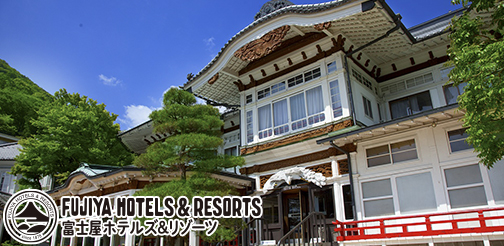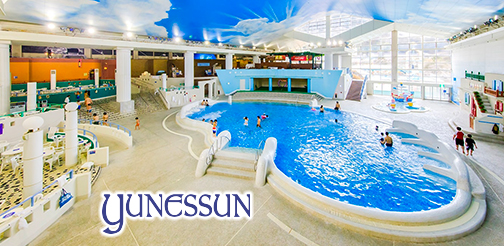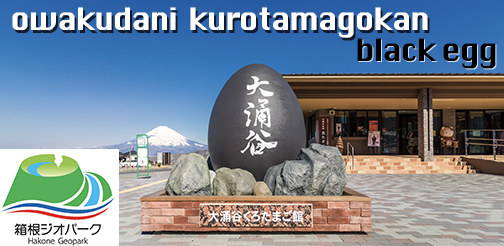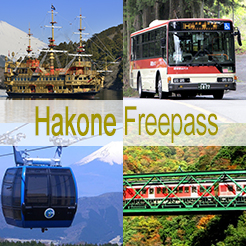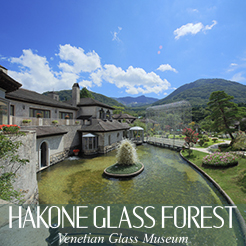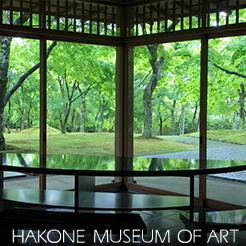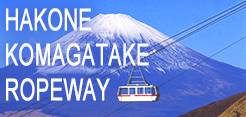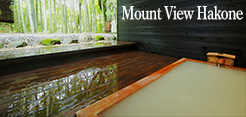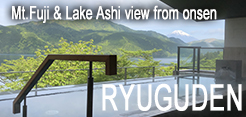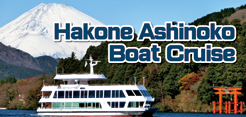Hakone is part of Fuji-Hakone-Izu National Park, which stretches from the slopes of Mt. Fuji to the Izu island chain in the Pacific Ocean. Designated in 1936 and expanded twice—the Izu peninsula was added in 1955 and the Izu islands in 1964—Fuji-Hakone-Izu welcomes the most visitors of any national park in Japan. It is distinguished by its association with volcanic activity, seeing that all of its constituent parts are either volcanoes or have geological features formed by volcanic eruptions. Hakone’s national park status means that park volunteers engage in daily cleanup and maintenance activities throughout the area, while signboards and roadside placards are required to meet certain aesthetic requirements; even the signs marking familiar convenience stores have a different color scheme here than elsewhere. For a quick introduction to the national park, visit the Hakone Visitor Center in Kojiri, near the Togendai ropeway station. In addition to picking up maps of the area and its many hiking courses, you can view exhibits on local plants and animals, get an overview of the landscape by studying an interactive diorama, and watch videos describing the nature, volcanoes, and history of Hakone.
This English-language text was created by the Japan Tourism Agency.


